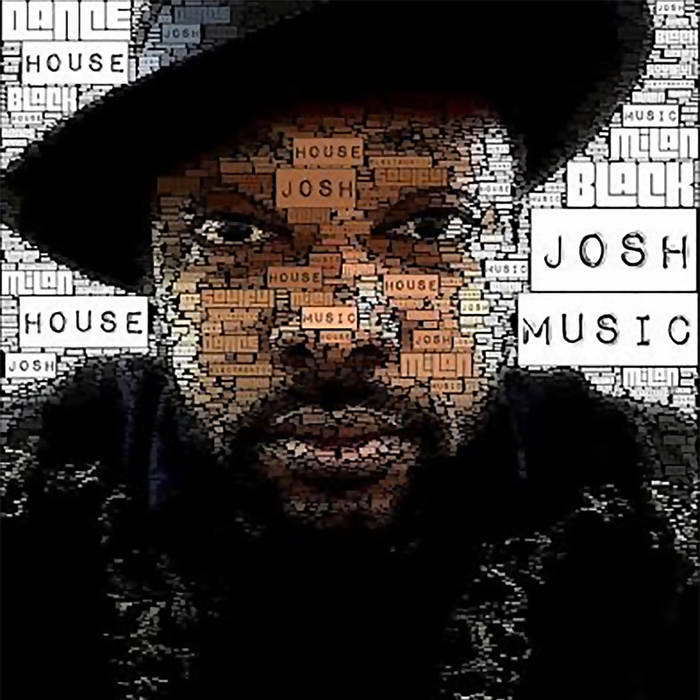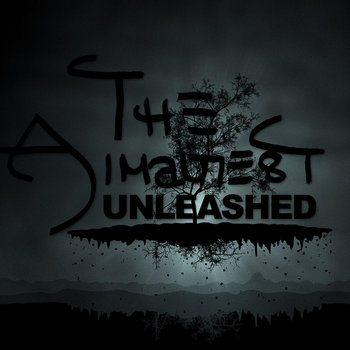
Written by Joe Coscarelli — For all the whirlwind technological changes and crumbling barriers to entry in the music industry, some things sure have stayed pretty old school.
Yes, rap songs by scrappy upstarts can hit No.1 on the Billboard charts thanks to internet memes and an unfathomable amount of streams on services like YouTube and Spotify. And it’s true that unless you’re talking about Adele, CD sales and even digital downloads have plummeted, because why own anything that takes up space when you can stream on-demand either for free or a small monthly fee? These days, a casual fan taking a trip to the record store is an almost laughable idea.
And yet, for the biggest names in music, self-promotion hasn’t changed all that much since the days of the Beatles on “The Ed Sullivan Show.” More than an online radio takeover or guerrilla social media campaign, marquee televised events remain the quickest way to reach millions of mainstream listeners who might check out your music or even buy it (or, preferably, come see you live; more on that later).
Within a week of each other this month, two of the record industry’s biggest events of the year — the Super Bowl halftime show and the Grammy Awards — demonstrated the effect they can still have on an artist’s commercial success even at time when the idea of traditional gatekeepers seems archaic.
Here’s what the numbers tell us about the importance of TV to music. (All figures are courtesy of Nielsen.)
The Bumps Are Predictable and Big
More than 26 million people watched the Grammys on Sunday, when Adele beat Beyoncé (and, we’re told, others) for the top honors, up about a million viewers from last year. Lady Gaga’s halftime performance had some 117.5 million viewers. Both are among the most popular television events of the year.
So it makes sense that at least a fraction of those people, even football fans, would be persuaded to seek out the music they heard, especially when it’s as easy as reaching for the phone (probably already in hand) or laptop and firing up Spotify or Apple Music.
Lady Gaga, who performed at both events, was the biggest winner. While her most recent album, “Joanne,” had been a modest seller since its release in October and had yet to generate a Top 10 hit, it leaped to No. 2 from No. 66 in the week after the Super Bowl. Each of her older albums also charted and she sold 410,000 downloads from her catalog in the week ending Feb. 9 — 75 percent of her total for the year so far, according to Billboard.
Most notably, “Million Reasons,” the one song from “Joanne” she sang at the Super Bowl, went from nowhere to No. 4 on the Hot 100 after having previously peaked at 52 last year. That took some savvy business maneuvering: In addition to an increase in streams, Gaga and her label, Interscope, dropped the price of the song on iTunes to 69 cents from the standard $1.29, and sold 149,000 downloads.
Click here to read more from this article's source.












































